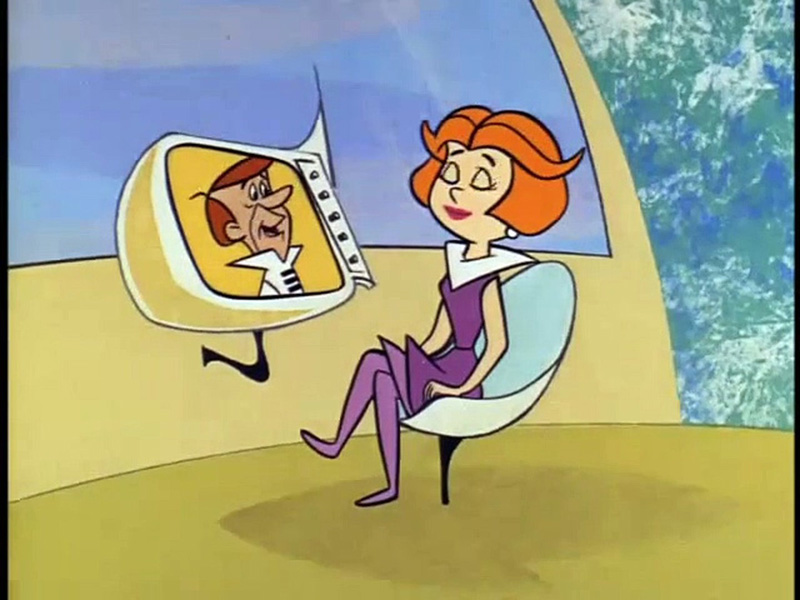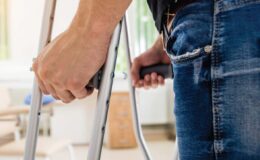By Donna Motley, Vice President of Claims
As I was reading the newspaper recently and a heading caught my eye – “OFFICE FASHION – TATTOOS ARE IN – TIES ARE OUT”! WHAT? I was shocked. I know I’m going to “date” myself (first of all, I was “reading” an actual newspaper), but when I first started in the world of Claims for a large self-insured company, the claims were handled within the Law Department. As is somewhat customary, there was a senior attorney and a junior attorney. I worked for the junior attorney – and he had a “moustache”. You would have thought he committed a crime – attorneys at that time were frowned upon if they had any facial hair! (Again, I know I am dating myself.) Now, when at the Workers’ Compensation Agency, in addition to facial hair, I’ve even seen a pony tail or two!
Things are changing every day. Medical Marijuana, autonomous cars, vacations in Vietnam, Cambodia, etc., no more Toys R Us!
Now, within the world of medicine, they are attempting to advocate “telemedicine”. With your cell phone you can log in to a clinic, face time with a medical professional (Medical Doctor, Physician’s Assistant or Nurse), provide your symptoms or complaints, even show them your injury and receive a diagnosis and recommended form of treatment. No wasting time sitting in a clinic or doctor’s waiting room. They can input your symptoms into a computer, get an instant diagnosis, and recommended treatment. Right out of the Jetson’s (a cartoon about a space age family that aired from 1962 – 1963, then revived in 1985 – 1987)!
With our government’s mandatory reporting on patients via computerized data, I’m not sure how far telemedicine can go. A doctor obviously can’t take your temperature or blood pressure over the computer. A temperature can be a symptom of infection. Would they be diagnosing based on “subjective” complaints? IBM’s Computer “Watson” appeared on the game show Jeopardy – and won! They are attempting to groom Watson for medicine – to diagnosis and recommend treatment within seconds. This is not to replace physicians, but to be a support. Computer aided diagnoses also aid in the interpretation of medical imaging and pathology resulting in a possible early detection of certain diseases. A computer can hold endless amounts of information from all around the world – treatment programs that are innovative and known to be successful in other parts of the world, for particular cases not commonly diagnosed.
Telemedicine can aid with the elderly or those unable to transport themselves; counseling for nutrition and weight issues; those that need counseling for psychological issues. How are fees charged? What about Malpractice?
When I was growing up, we only had one family vehicle so we picked our doctor and dentist based on walking distance to their office (i.e. whoever was closest). The corner physician – one visit and you were fixed! He knew everything! Nothing can replace the hands on approach. A physician’s touch, to feel if there is a lump, swelling, fluid retention or radiating heat; palpating the area can tell the doctor many things. To look for discoloration and/or change in skin temperature. Combining a physical exam with the patient’s allegations and mechanism of injury aid in diagnosing.
I would agree, there is a place for telemedicine, but not necessarily in the Workers’ Compensation arena. When diagnosing over a telephone or computer, the information obtained is only as good as what the injured person is telling you. You can tell a lot about a person when face to face. Intuition from years of experience act as a guide. Physicians will watch a person walk in or out of a room to see if they are limping on that alleged knee injury; or watch the way they remove their shirt prior to an exam, or the way they get up on the examination table. With an experienced physician, this can speak volumes when combined with a physical exam. Do their actions match, coincide or contradict their allegations?
I don’t want to go back to the Stone Age (think the Flintstones – another cartoon series that ran from 1960 to 1966), but there is much to be gained by a personal conversation or personal touch that cannot be replaced by a computer.






